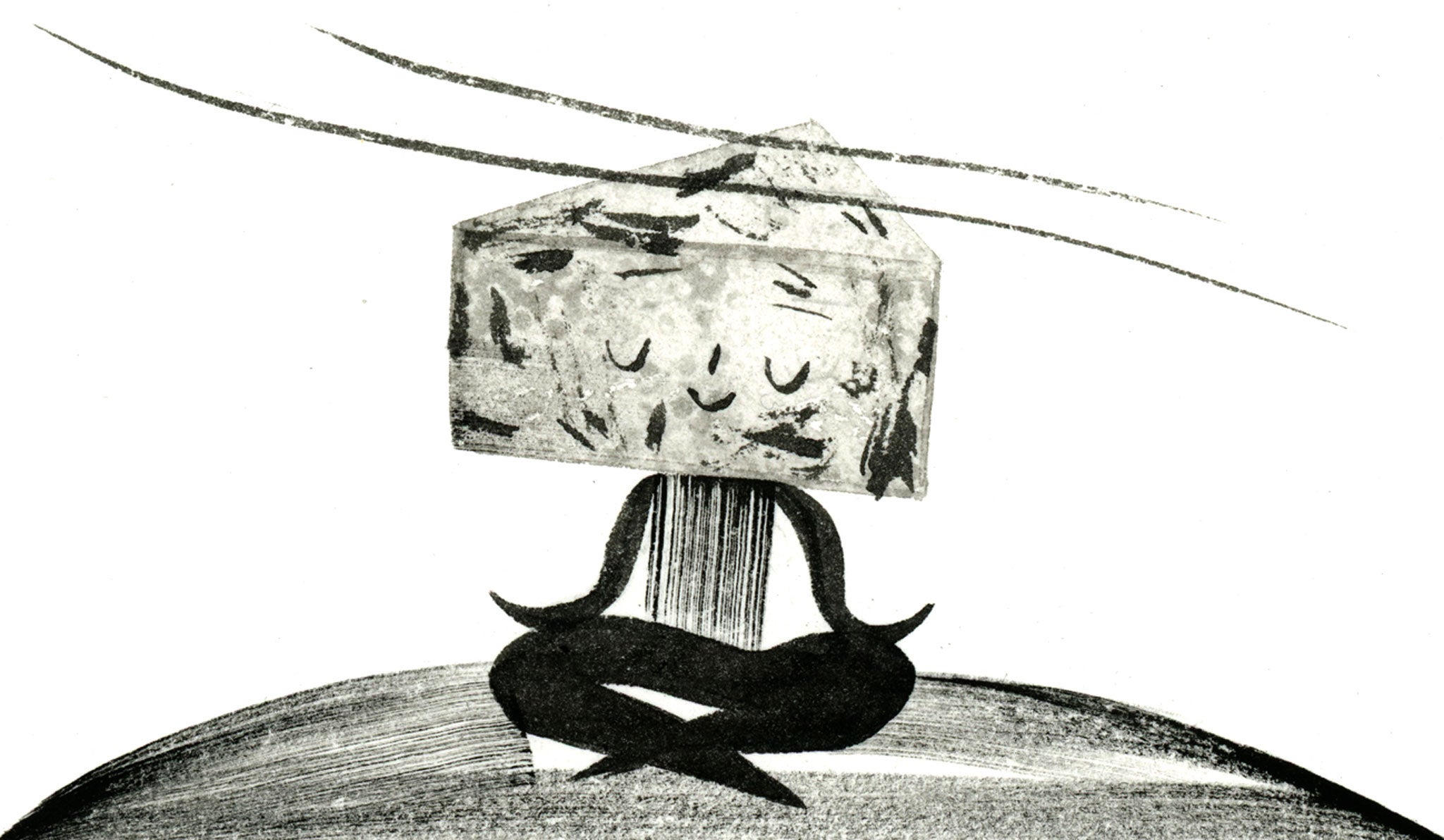The Independent's journalism is supported by our readers. When you purchase through links on our site, we may earn commission.

Your support helps us to tell the story
From reproductive rights to climate change to Big Tech, The Independent is on the ground when the story is developing. Whether it's investigating the financials of Elon Musk's pro-Trump PAC or producing our latest documentary, 'The A Word', which shines a light on the American women fighting for reproductive rights, we know how important it is to parse out the facts from the messaging.
At such a critical moment in US history, we need reporters on the ground. Your donation allows us to keep sending journalists to speak to both sides of the story.
The Independent is trusted by Americans across the entire political spectrum. And unlike many other quality news outlets, we choose not to lock Americans out of our reporting and analysis with paywalls. We believe quality journalism should be available to everyone, paid for by those who can afford it.
Your support makes all the difference.Generally speaking, the aversion to mould in foods comes from the cognition that mould on fresh foods clearly indicates that they are no longer fresh. We also assume that food would not taste the same because a fermentation has begun to take place – usually accompanied by a change in appearance, texture and aroma of the food in question.
Many moulds simply taste unpleasant, yet are not problematic to our bodies. Dangerous moulds are those which produce mycotoxins and aflatoxins. These toxins may affect our respiratory system and in some cases even act as carcinogens. Not all moulds produce these toxins.
Penicillium roqueforti and Penicillium glaucum, which are the blue moulds used for cheese, cannot produce these toxins in cheese. The combination of acidity, salinity, moisture, density, temperature and oxygen flow creates an environment that is far outside the envelope of toxin production range for these moulds. In fact, this is true for almost all moulds in cheese, which is the reason that cheese has been considered a safe mouldy food to eat for the past 9,000 years. Not only is it safe, but it can also be healthy (P. roqueforti and P. glaucum have natural antibacterial properties and ability to over-take pathogens. Moreover, our bodies use a variety of wild flora for digestion, development and immune systems).
Unfortunately, mass-food manufacturers have run relentless campaigns over the previous few generations to cause consumers to conclude (beyond their 9,000 years of wisdom) that plastic-looking, bright-coloured, food-like substances with homogenous texture, in a vacuum-pack and big-brand logo equals controlled/safe product. Anything mouldy, rustic, irregular, inconsistent or natural equals unsanitary conditions, primitive family farming, or uncontrolled production. Today we understand that this is not the case, as we go back to traditional and artisan foods – and stay away from highly-processed industrial food replacements.
Blue moulds have a particularly unique effect on cheese. They accelerate two processes dramatically: proteolysis (breakdown of proteins), which causes the cheese to take on an extra-creamy texture (especially in proximity to the blue mould veins) and lipolysis (breakdown of fats), which makes up the tangy, spicy, sharp and strong flavour. The creamy texture stands up to the sharp flavour and together they produce an exciting flavour/texture/aroma profile, which is often further balanced against sweet/nutty milk and lots of salt (blue cheeses typically contain twice the salt of other cheeses). This combination is so unique – it is unlike any other food.
Yoav Perry, artisan cheese-maker
Why is it safe to eat the mould in blue cheese? originally appeared on Quora: The best answer to any question. Ask a question, get a great answer. Learn from experts and get insider knowledge. You can follow Quora on Twitter, Facebook, and Google+.
Join our commenting forum
Join thought-provoking conversations, follow other Independent readers and see their replies
Comments